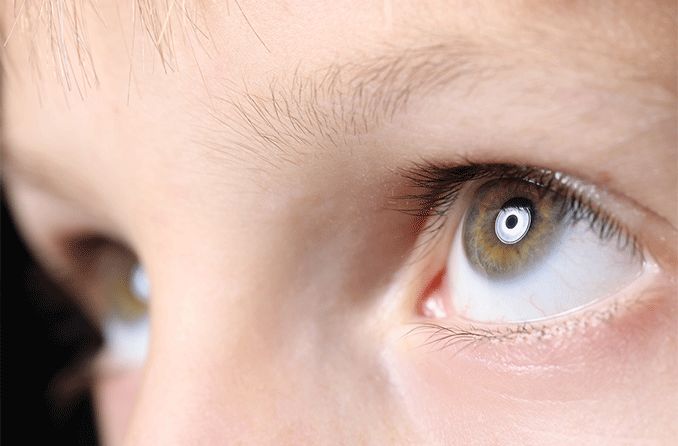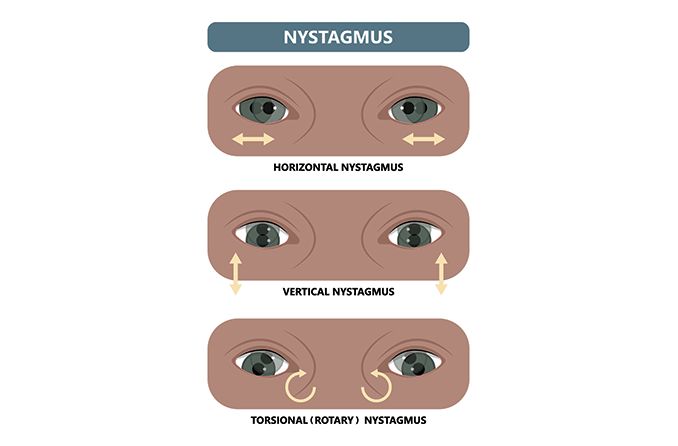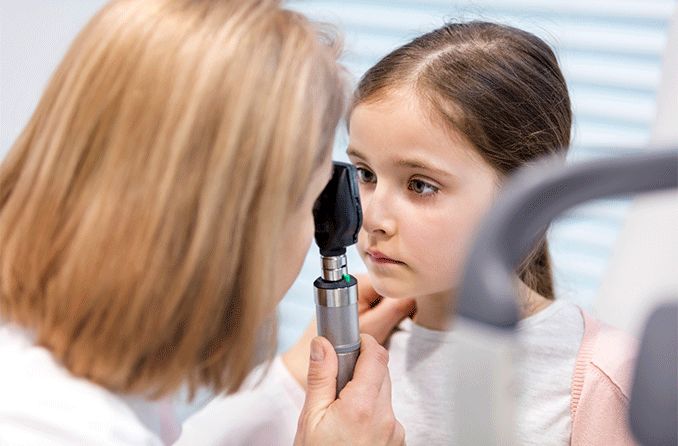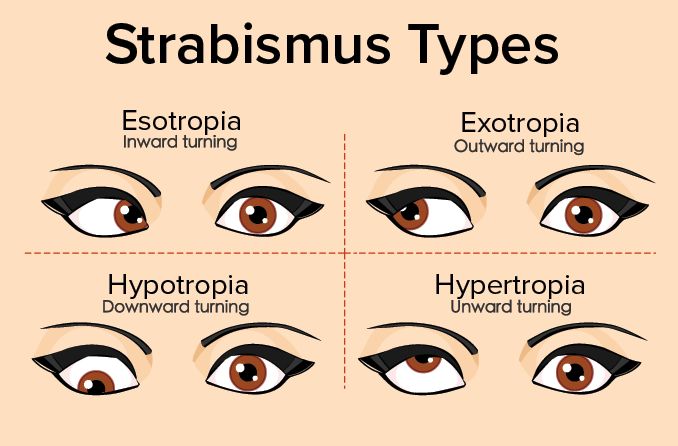Nystagmus occurs when a person experiences involuntary eye movements, preventing them from being able to focus on any object, whether it is stationary or not.
There are several types of nystagmus, and the majority of people who experience the condition are born with it, but some circumstances such as infections and other conditions can cause the condition to be acquired.
Some acquired cases of nystagmus can go away on their own, but there is no general cure for the condition. That being said, there are several treatment options that can improve nystagmus and nystagmus symptoms, from corrective lenses to surgical procedures.
Medications and injections
Certain medications and injections can be used to treat nystagmus, namely by reducing some nystagmic movements. Two in particular are baclofen and Botox:
Baclofen
Baclofen is a muscle relaxant that is typically used to treat muscle spasms in conditions such as multiple sclerosis , spinal cord injuries and spinal cord diseases. It may also be prescribed for nystagmus patients.
Botox
Injections such as botulinum toxin (Botox) are used popularly for cosmetic and medical reasons alike, including ocular conditions like nystagmus. In fact, research has shown that Botox injections can provide a treatment for some patients that is both effective and long-lasting. Note: Results are temporary and may vary between individuals.
Biofeedback training
Some studies have found that by using biofeedback training, some people have been able to improve various medical conditions. The process is similar to physical therapy, as it teaches patients how to gain control of their physiological responses and improve their conditions. And, like physical therapy, patients must actively and continuously participate in order to see improvement.
A study published in the American Journal of Optometry and Physiological Optics found that auditory biofeedback training was successful in reducing involuntary eye movement of adults with nystagmus. “In addition to the improvement in vision, cosmetic and psychological benefits accrued,” the study authors also reported.
SEE RELATED: How eye twitching may be a sign of a brain disorder
Nystagmus surgery
Surgery can be done to treat nystagmus in both children and adults. There are several goals for surgical treatment:
Decreasing head tilt
Improving the “null position” (or “null point”), the direction of gaze where the intensity of nystagmus is the least and vision is the best
Improving cosmetic appearance in nystagmus patients
One of the most popular procedures for nystagmus surgery is the Kestenbaum approach, which repositions the null point of a person’s eyes to face straightforwardly. This procedure itself can improve head tilting and muscle strain as it reduces the need for a patient to tilt their head in order to achieve a null position in the first place.
Note: Though head tilting is intended to improve post-operatively, some eye surgeons have stated that the degree of improvement may be unpredictable and vary from patient to patient.
Most nystagmus procedures often require only minor incisions, and the recovery time for nystagmus surgery typically ranges from one to two weeks.
Corrective lenses
When it comes to visual acuity, eyeglasses and contact lenses can help nystagmus patients see more clearly.
However, contact lenses have an advantage over eyeglasses because the lenses move with the eyes, allowing the optical center of each lens to remain in front of the pupil despite the involuntary eye movements.
The occurrence of nystagmus can be an indicator of another medical condition, whether it occurs at birth or is acquired under other circumstances. Whatever the case may be, contact an eye care professional to assess any new symptoms, and stay up to date on your annual comprehensive eye exams to ensure the optimal health of your vision.
SEE RELATED: International Nystagmus Awareness Day










